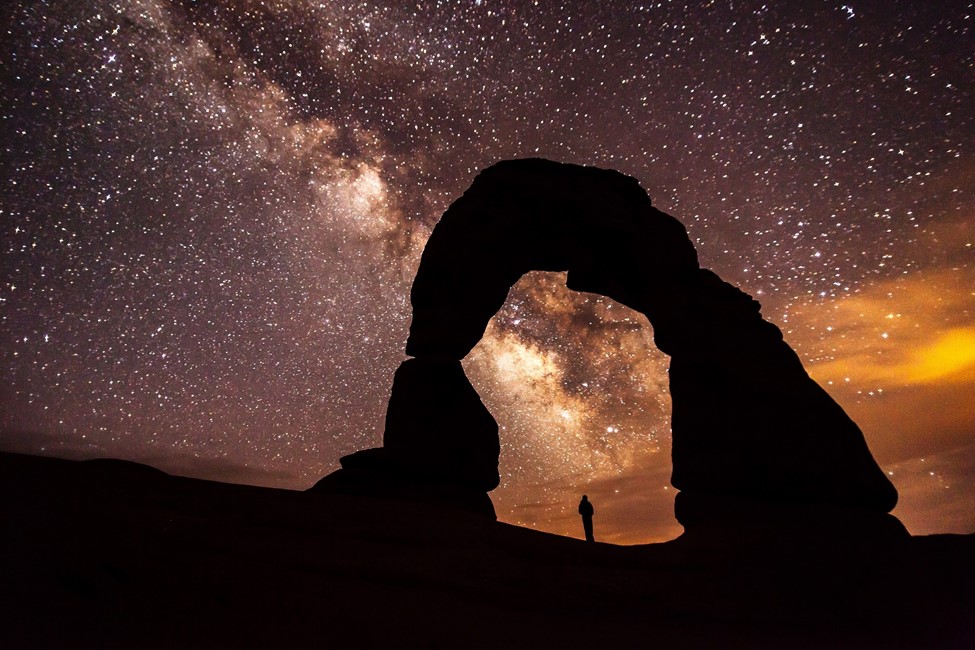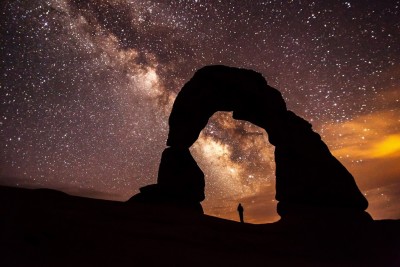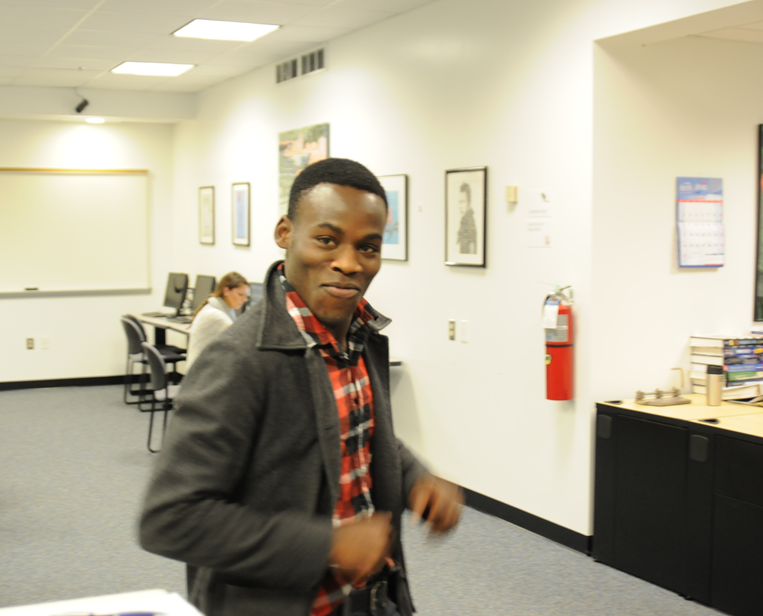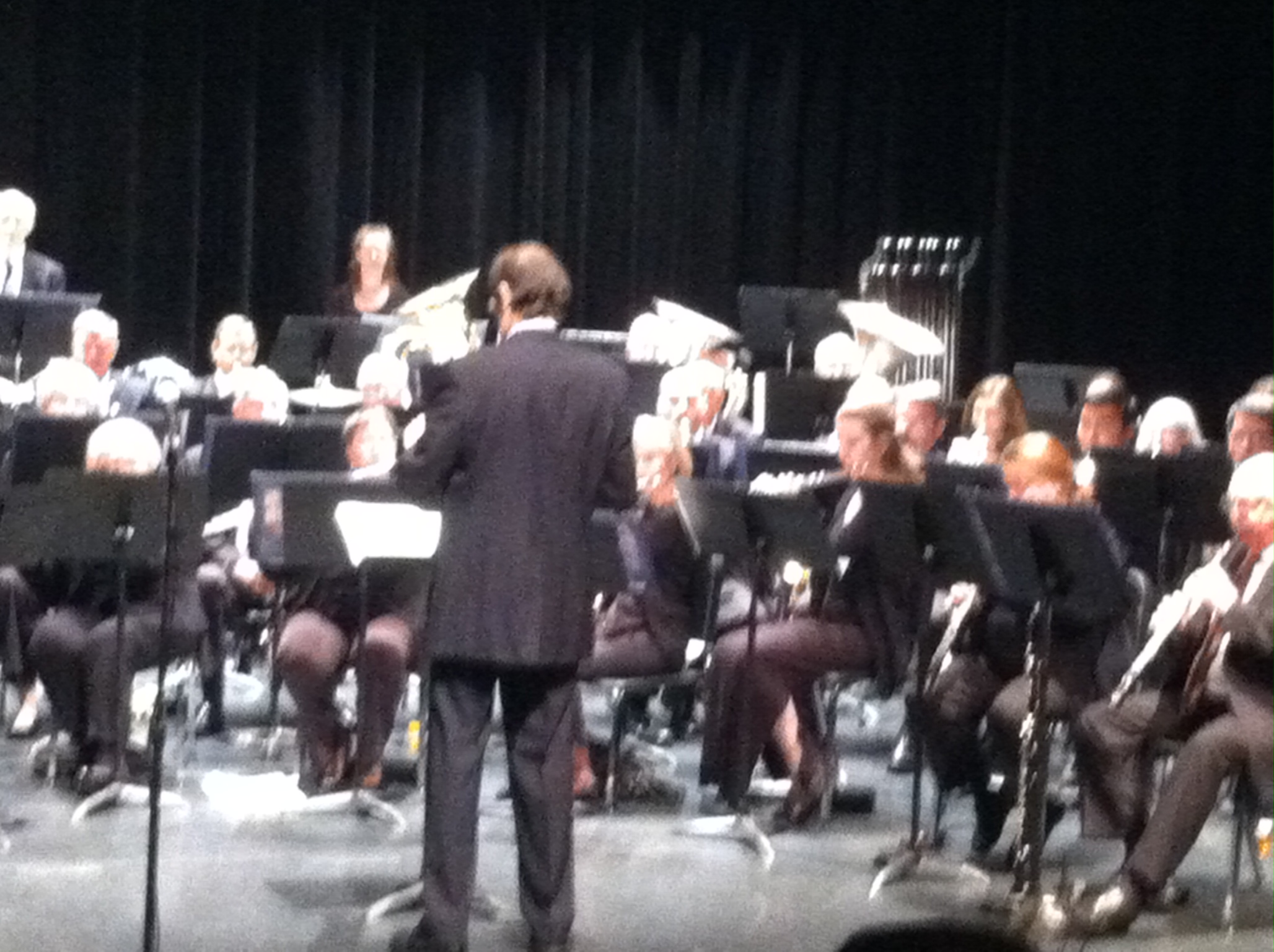
The Ground Beneath Us and The Sky Above
Antonia Florence, staff writer
Geology and astronomy are alternative science electives to biology, chemistry and physics for many degree programs at Piedmont Virginia Community College. They and their accompanying labs each count as four credits.
Geology is a study of solid Earth or other celestial bodies such as Mars. Physical geology focuses on the functions of different environments, rocks, minerals, oceans, plates and tectonics. Historical geology reconstructs the processes that changed the earth’s surface and subsurface. Through the study of the topics mentioned above, a sequence of events can be put together from studying rock and fossil records to follow Earth’s evolution.
Oceanography is the study of marine organisms and ecosystems. Currents, waves, underwater geology and chemistry of the oceans, seas, and their floors are also part of oceanography.
Jennifer Yates is science major. She is taking historical geology so she can take advantage of the geology independent study at PVCC which is a prerequisite for the geoscience degree she will pursue at Virginia Tech. “I enjoy the [historic geology] material, and I would recommend it, but I prefer physical [geology],” Yates said.

One of three geology instructors, Associate Professor of Geology Lawrence Tiezzi, said he “loves geology and loves to teach.” Another student adds, “He is never in a hurry to leave after class and takes the time to address questions long after the rest of the class has left.” Tiezzi said with a smile, “Students get me to look at things differently.”
Astronomy I is an introductory course that stresses concepts rather than mathematics and is designed for non-science majors, according to the class description. Instructional emphasis is placed on scientific method, patterns in the night sky, motion, energy, gravity, light, telescopes, our solar system, and the properties of planets beyond our solar system.
Astronomy II follows the same curriculum but is more in-depth. Adjunct Assistant Professor of Natural Sciences Edmund Walendowski teaches both sections of this course.
This semester, the classes visited McCormick Observatory at UVA and twice traveled to Walendowski’s observatory in Albemarle County where the students observed star patterns and got a close view of the moon. He shares his enthusiasm with the students as they excitedly point out star formations and moon features.
Astronomy I student Todd Bunger already has an undergraduate degree in mechanical design engineering and a master’s in computer integrated manufacturing from Arizona State University. “I chose astronomy because I want to major in astronomy/astrophysics and do it for a living. It is better than I had hoped and would recommend it to other students. I will be enrolling in astronomy II,” Bunger said.
Walendowski said during a recent class, “It is possible to view star patterns and planets with binoculars. One does not need to invest in an expensive telescope right away.”
Viewing the night sky is best in an area free from smog and light pollution. Walendowski said, “Many in this area don’t appreciate the night sky. It is so great.”







